When Marnie Was There is a deeply touching animated film directed by Hiromasa Yonebayashi and produced by Studio Ghibli. Released in 2014, it is based on the novel by Joan G. Robinson. Unlike the fantastical worlds often associated with Ghibli, this film takes a quieter, more grounded approach, weaving a heartfelt story about loneliness, friendship, and self-discovery. It remains a beautifully understated work that resonates with anyone who has ever struggled to find a sense of belonging.
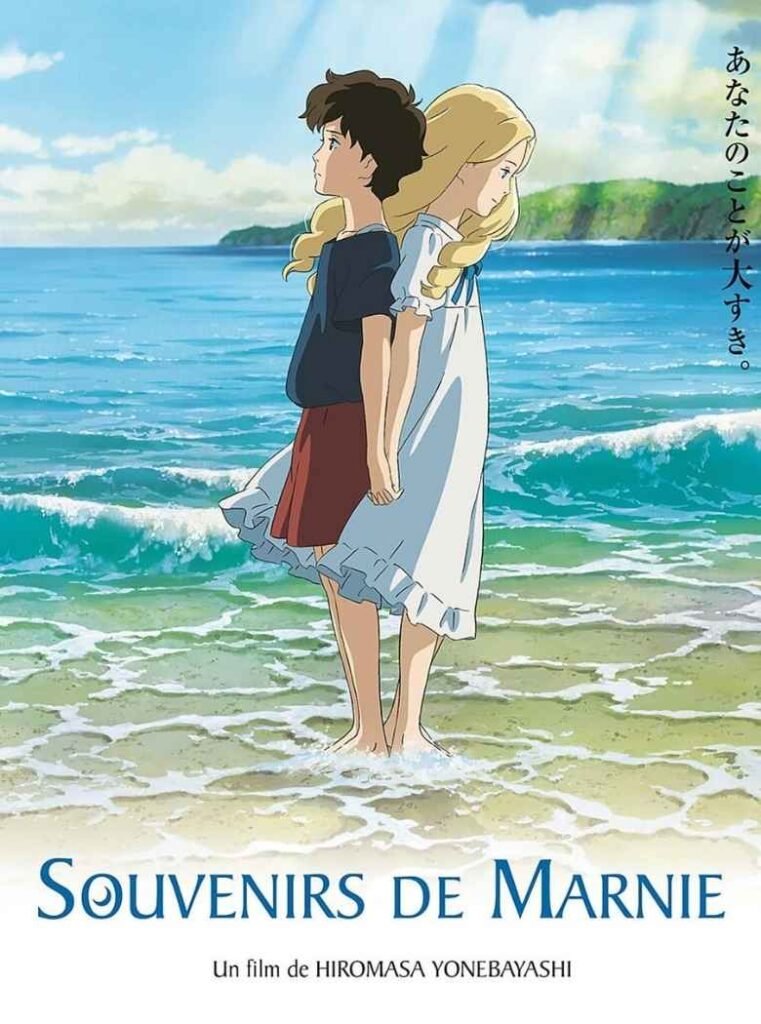
Series Details
| Title | When Marnie Was There |
|---|---|
| Original Title | 思い出のマーニー (Omoide no Mānī) |
| Based on | Novel by Joan G. Robinson |
| Studio | Studio Ghibli |
| Director | Hiromasa Yonebayashi |
| Writer | Hiromasa Yonebayashi, Keiko Niwa, Masashi Ando |
| Character Designer | Masashi Ando |
| Music | Takatsugu Muramatsu |
| Theme Song | “Fine on the Outside” by Priscilla Ahn |
| First Released | July 19, 2014 (Japan) |
| Runtime | 103 minutes |
| Genre | Drama, Mystery, Slice of Life |
| Language | Japanese |
| IMDb Rating | 7.6/10 |
| Review Count | IMDb 50k+ |
Story Overview
The film follows Anna Sasaki, a quiet and withdrawn 12-year-old who struggles with asthma and feelings of isolation. Sent to live with relatives in a rural seaside town to improve her health, Anna discovers an abandoned mansion by the marsh. There, she meets Marnie, a mysterious blonde-haired girl who seems to appear and disappear with the tides. As Anna grows closer to Marnie, she begins to unravel secrets that connect her to the past, leading to a life-changing revelation about her family and herself.
Why It Stands Out
Unlike many Ghibli films filled with magic and fantasy creatures, When Marnie Was There explores human emotions with gentle realism. Its beauty lies in subtlety the rustling marsh grass, the flickering lights of the old mansion, and the quiet bond between two lonely girls. The story blends reality and dreamlike encounters, keeping viewers uncertain whether Marnie is a ghost, a figment of Anna’s imagination, or something more. This delicate balance makes the film emotionally rich and hauntingly memorable.
Characters Worth Noting
- Anna Sasaki – A lonely, artistic girl learning to cope with abandonment and self-doubt.
- Marnie – Enigmatic and radiant, representing friendship, comfort, and the mystery of memory.
- Kiyomasa and Setsu – Anna’s caring foster relatives who provide a warm family environment.
- Hisako – An elderly artist who recognizes Anna’s talent and helps her grow in confidence.
Each character serves as a mirror to Anna’s internal struggles, guiding her toward healing and self-acceptance.
Themes and Takeaways
- Loneliness and Connection – Even the most withdrawn hearts can find warmth in unexpected friendships.
- Healing the Past – Facing buried memories helps one move forward with strength.
- Identity and Belonging – The film shows the journey of finding where we truly fit in the world.
- Family in Many Forms – Sometimes family isn’t just about blood but about the people who care for us.
My Honest Review
When Marnie Was There is quiet, melancholic, and incredibly moving. Its slow pacing might feel unusual for younger viewers, but it perfectly mirrors Anna’s emotional journey. The animation is breathtakingly detailed, capturing the stillness of rural life and the dreamlike aura of the marsh. The soundtrack by Takatsugu Muramatsu, paired with Priscilla Ahn’s theme song, enhances the film’s bittersweet atmosphere. This is not just a children’s film it’s a reflective story for anyone who has felt invisible or unloved, reminding us that healing often comes through unexpected bonds.
What the Film Teaches Us
- Healing begins with accepting who you are.
- Friendships, even fleeting ones, can leave lasting marks on our lives.
- Facing painful truths opens the door to inner peace.
- Love and belonging are found in unexpected places.
FAQ
Q: Is Marnie a ghost or imaginary friend?
A: The film leaves this open to interpretation, but Marnie symbolizes memory, love, and Anna’s journey toward self-acceptance.
Q: Is this Studio Ghibli’s final film?
A: It was the last film before Ghibli temporarily suspended production, though later projects have since revived the studio.
Q: Is the story the same as the novel?
A: The film adapts the novel but changes the setting from England to Japan, while keeping the core themes intact.
Q: Is it suitable for children?
A: Yes, though younger kids may find the pacing slow and the themes more suited to older audiences.


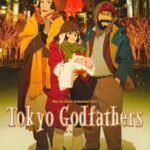

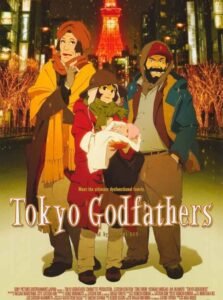
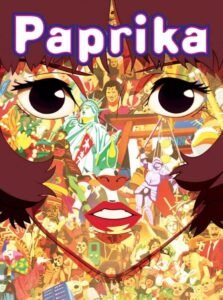
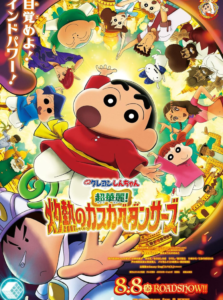
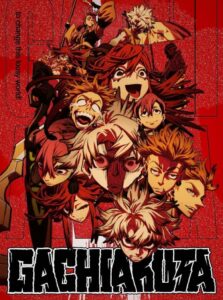

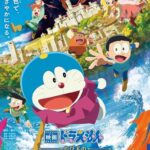



Add comment